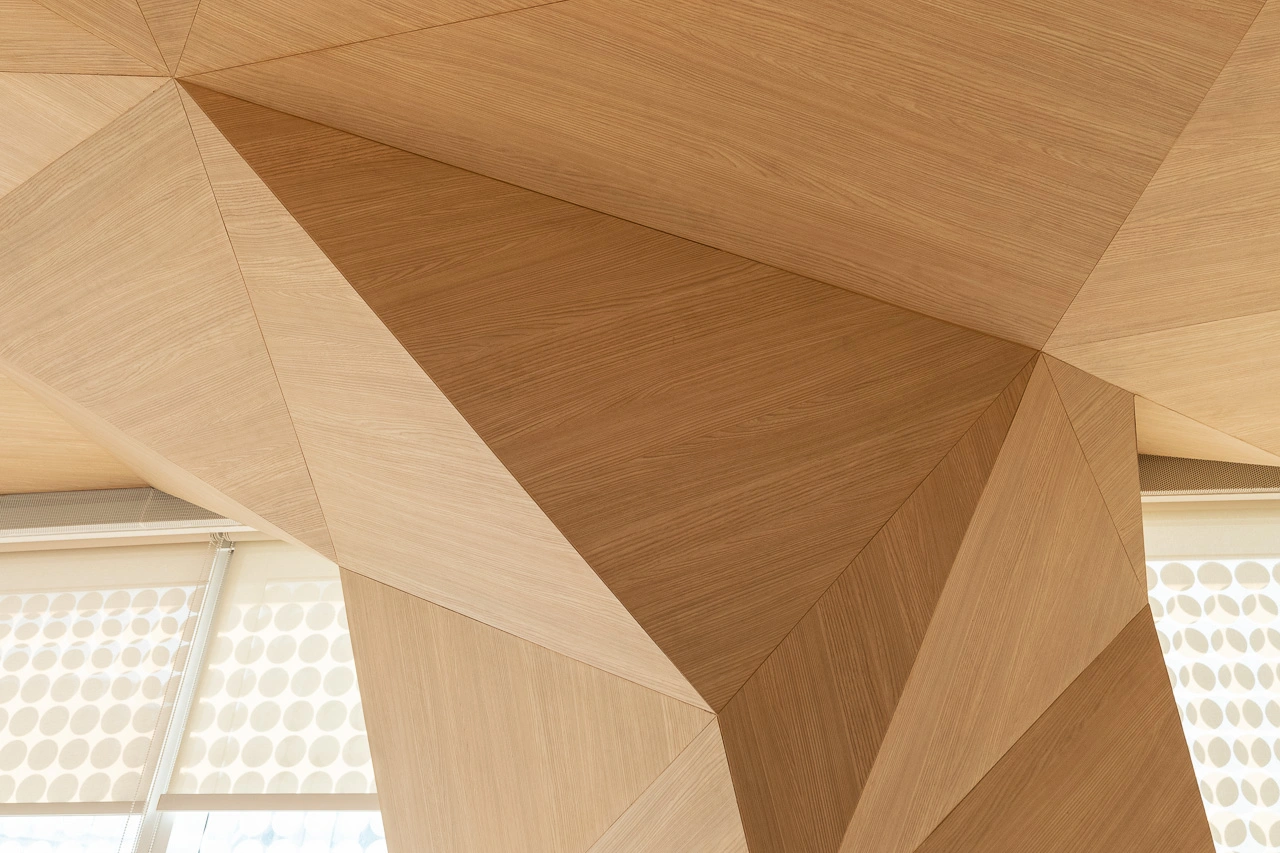
The Evolution of Interior Cladding
As architectural practices have evolved, so too have the materials and methods used in interior spaces. Cladding, originally designed as a protective layer for exteriors, has found its niche inside, serving both decorative and functional purposes.

The Symbiosis of Design and Utility
Marrying Aesthetics with Purpose
Modern interior cladding solutions seamlessly blend visual appeal with practicality. By selecting the right materials and designs, interiors can transform spaces, imbuing them with character and catering to specific functional needs¹.
Innovation in Materials
From traditional wood and stone to recycled plastics and composites, the variety of materials available today offers architects and designers vast creative freedom. This plethora of options also allows for tailoring to specific requirements like fire resistance, acoustic insulation, and even antimicrobial properties².

Sustainability in Interior Cladding Choices
Eco-friendly Materials
With the global push towards sustainability, cladding materials derived from recycled or renewable sources are gaining traction. Bamboo, for instance, is a fast-growing resource that lends a natural aesthetic while being eco-friendly³.
Energy Conservation and Insulation
Certain cladding solutions offer excellent thermal insulation, reducing the need for artificial heating or cooling, thereby promoting energy efficiency. Materials with reflective surfaces can also help in distributing natural light, cutting down on lighting costs.
Enhancing Acoustic and Thermal Comfort
Soundproofing and Acoustic Treatment
Interior spaces, especially in commercial settings, often require soundproofing. Cladding materials designed for acoustic insulation can significantly reduce noise transmission, creating peaceful interiors⁴.
Thermal Regulation
Beyond mere aesthetics, some cladding materials have intrinsic thermal properties, helping maintain consistent indoor temperatures. This is particularly beneficial in regions with extreme climatic conditions, ensuring interiors remain comfortable throughout the year⁵.
Cladding in Renovation: Modernizing Spaces
Revitalizing Aged Interiors
Interior cladding can play a pivotal role in renovating old buildings. It offers a fresh, modern look while preserving the structure’s historical essence. Furthermore, cladding can conceal imperfections, outdated fixtures, or unsightly installations.
Adaptability and Versatility
Given the variety of materials and designs available, cladding can adapt to a wide range of interior styles, from rustic to contemporary. Its versatility ensures that interiors can be periodically updated without extensive overhauls⁶.

References
- Smith, J. (2017). Design and Functionality in Cladding. ArchDaily.
- Patel, R. (2019). Innovations in Interior Cladding Materials. Architectural Digest, 57(4), 112-118.
- Chen, L., & Zhang, W. (2018). Sustainable Practices in Interior Architecture. Journal of Interior Design, 43(2), 25-40.
- Rodriguez, P. (2020). Acoustic Properties of Cladding Solutions. Building Design News, 60(3), 80-86.
- Thompson, M. (2016). Thermal Regulation through Interior Cladding. BuildingGreen, 25(1), 45-50.
- Kapoor, S. (2021). Revolutionizing Spaces: The Role of Cladding in Renovation. Dezeen Magazine.
Share